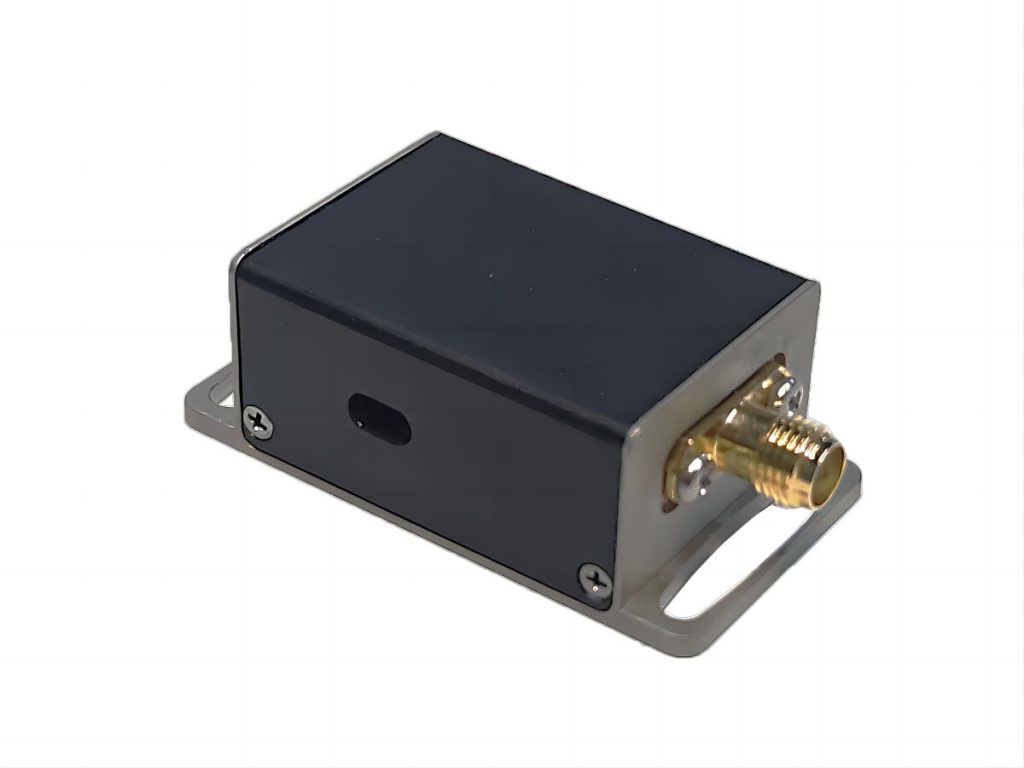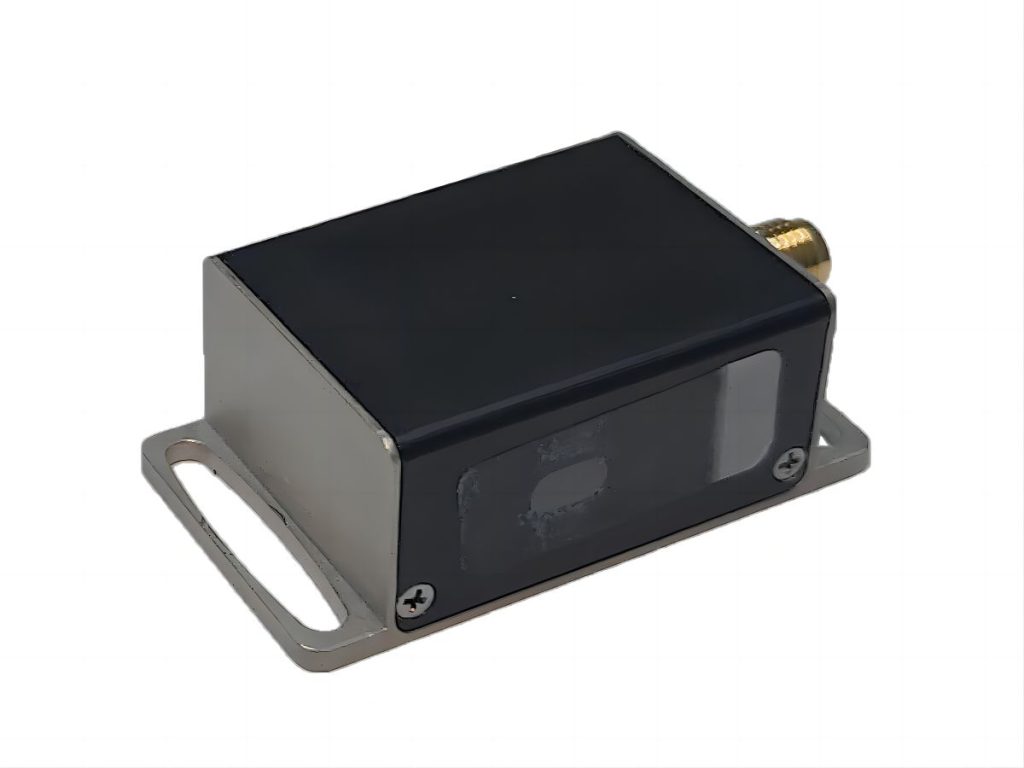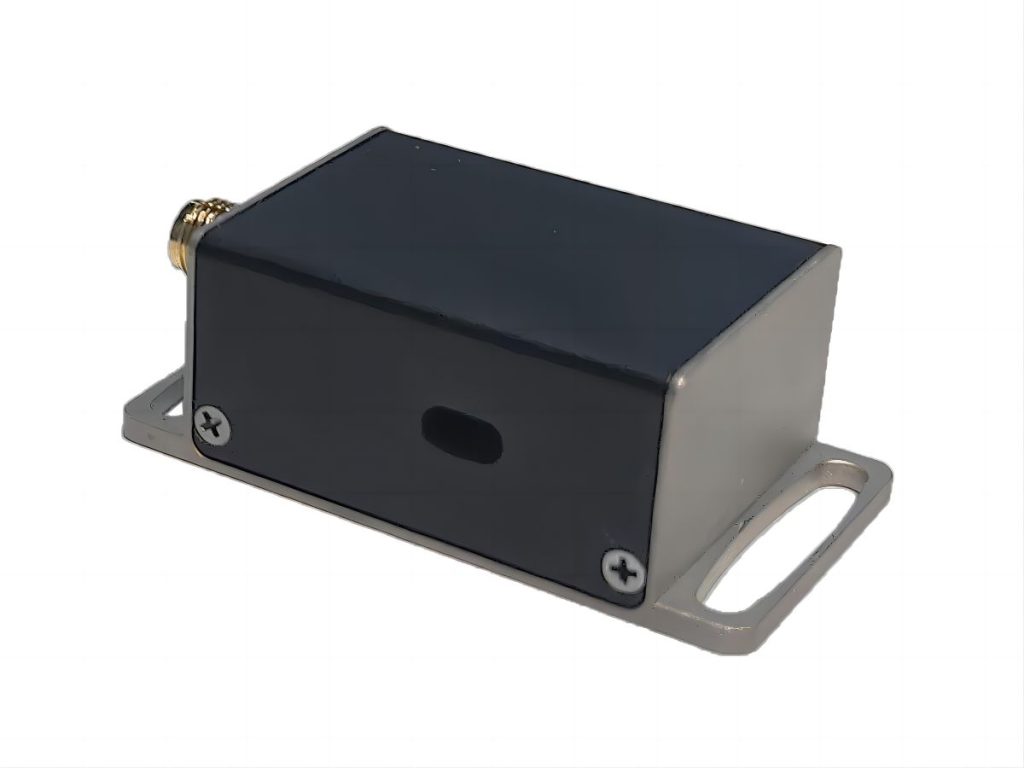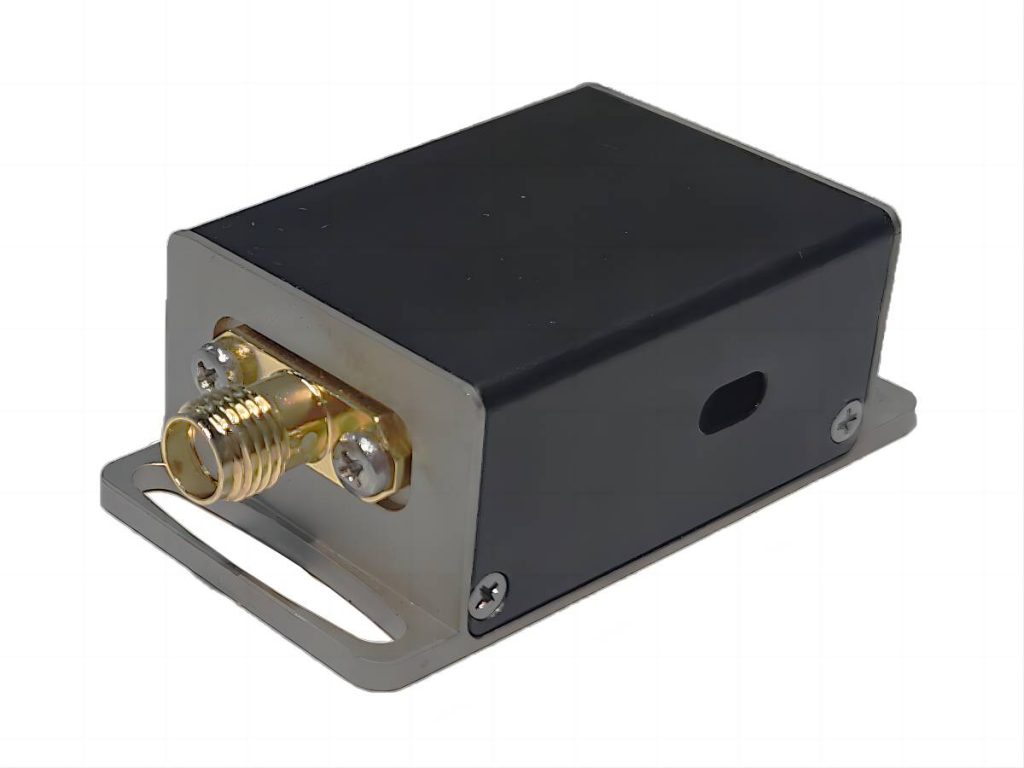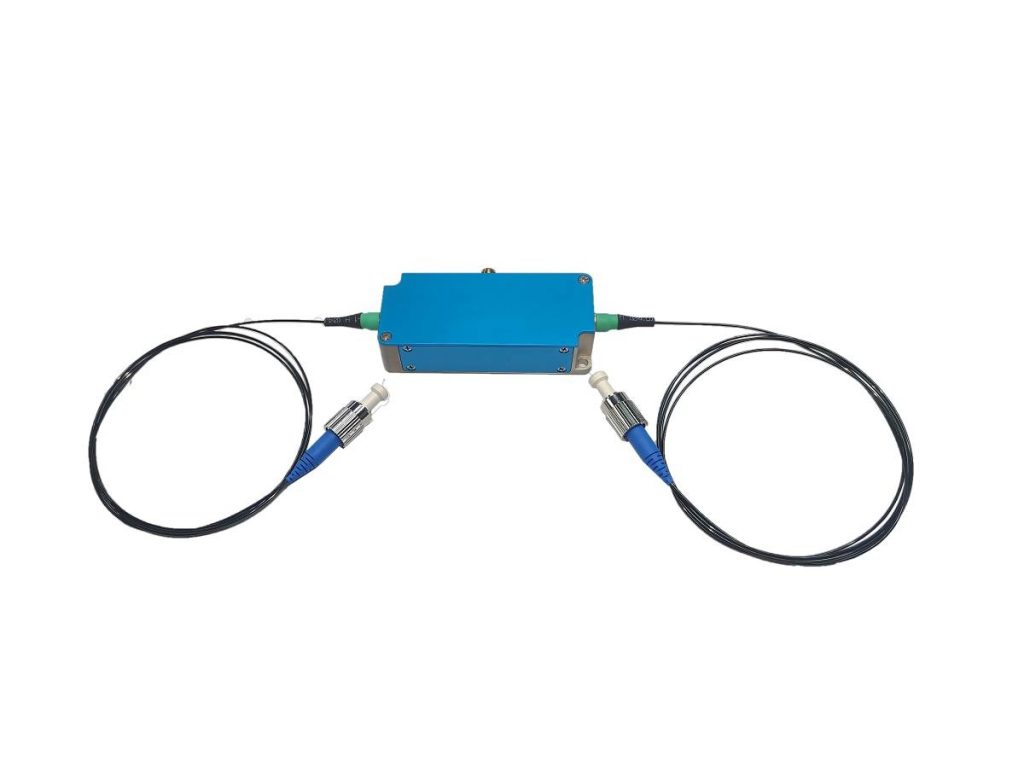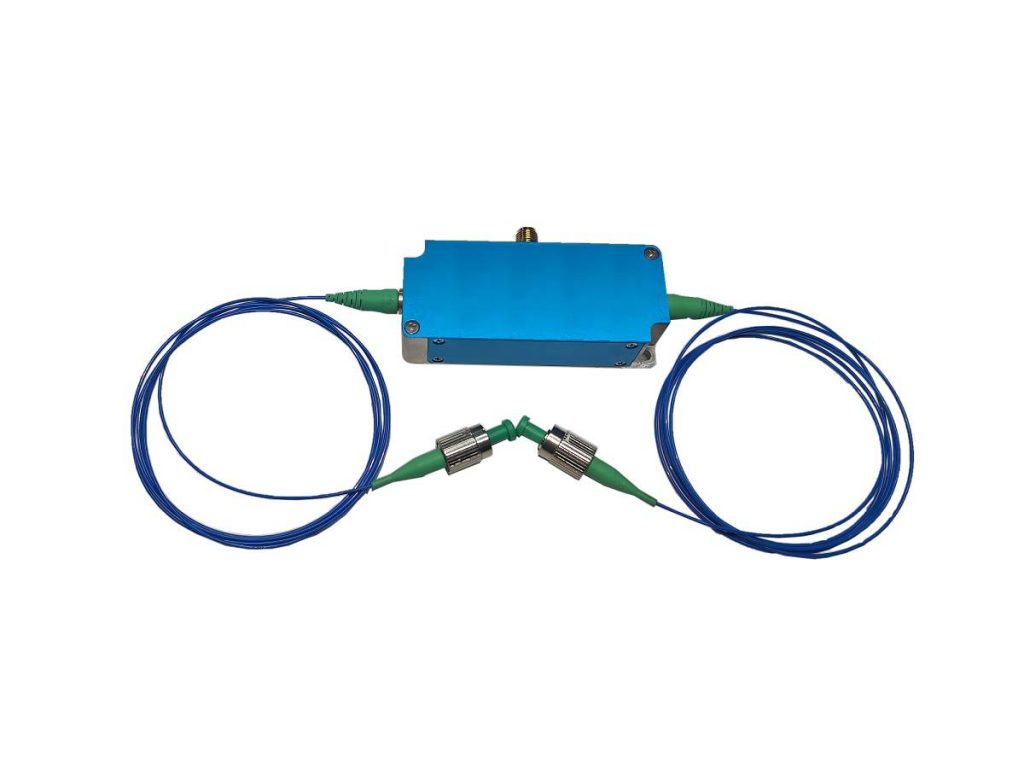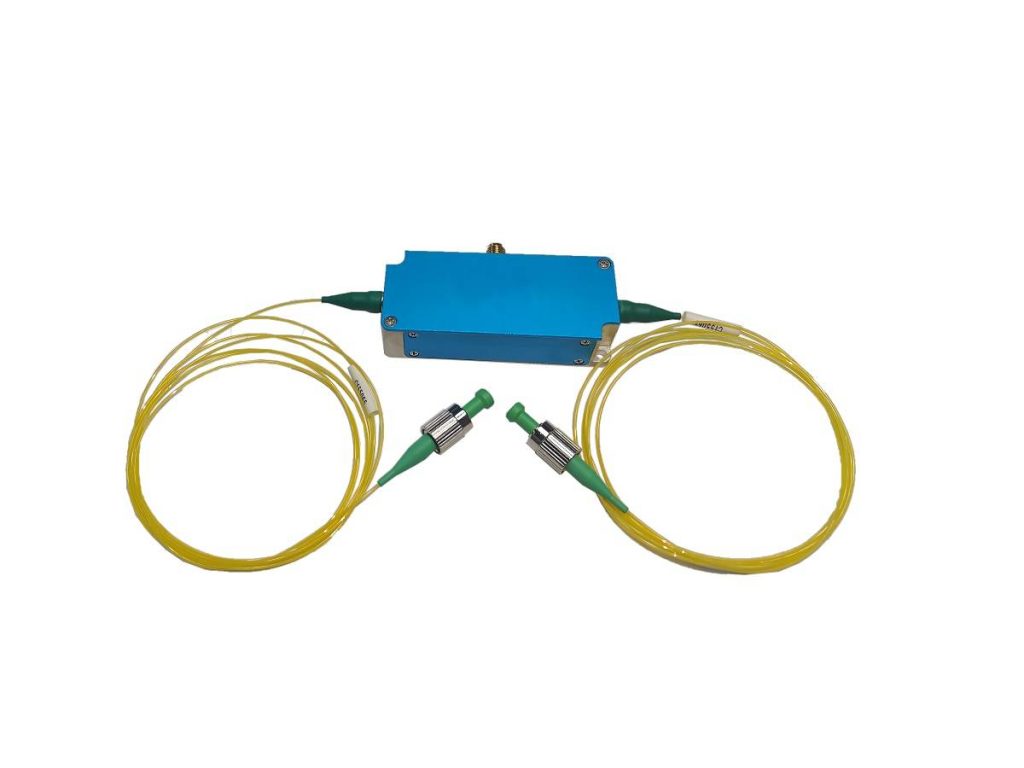Insertion Loss in Fiber AOMs: Factors and Optimization Techniques
Fiber acousto-optic modulators (AOM) are pivotal components in modern optical communication systems. They use the interaction between light and sound waves within an optical fiber to modulate the intensity or frequency of the optical signal. This modulation is essential for various applications, including signal processing, laser modulation, and telecommunications. However, one critical parameter that significantly affects the performance of fiber AOMs is insertion loss.
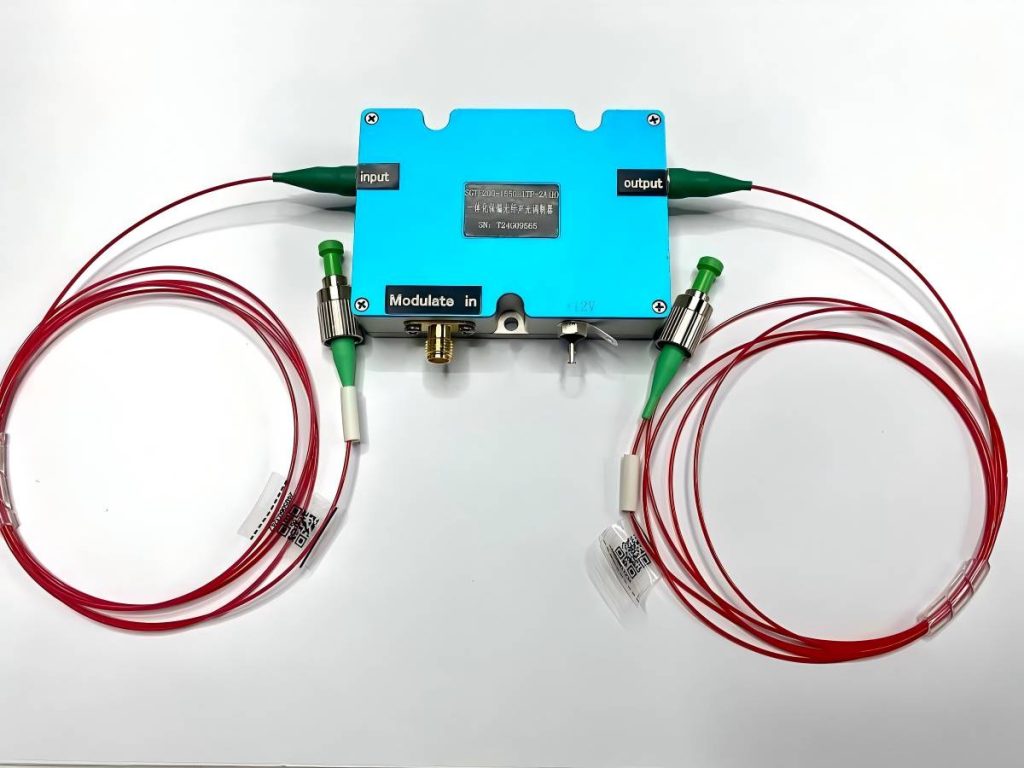
Factors Affecting Insertion Loss in Fiber Acousto-Optic Modulators
Insertion loss, a critical parameter of fiber AOMs, refers to the decrease in the intensity of an optical signal as it passes through the modulator. A lower insertion loss signifies a more efficient modulator, as less light energy is lost during the modulation process. Several factors contribute to insertion loss in fiber AOMs:
- Fiber Collimator Coupling Loss: Light from the optical fiber needs to be efficiently coupled into and out of the acousto-optic crystal. Fiber collimation plays a vital role in this process. Imperfect collimation, where the light beam is not well-focused or aligned, leads to increased coupling loss and consequently, higher insertion loss.
- Diffraction Loss: The efficiency of light diffraction by the sound waves within the crystal determines the diffraction loss. This efficiency is influenced by several factors, including the acousto-optic figure of merit of the crystal material, the length of the interaction region between light and sound waves (acousto-optic interaction length), the power of the sound wave, and the width of the region where light and sound waves interact (acousto-optic interaction width).
- Crystal Reflection and Absorption Loss: The crystal itself can introduce insertion loss due to the reflection and absorption of light at its surfaces and within its bulk. Careful surface treatment and proper material selection can minimize these losses.
- Acousto-Optic Material Selection: The inherent properties of the acousto-optic material significantly impact insertion loss. Materials with superior acousto-optic figures of merit generally lead to lower insertion loss. Additionally, factors like the material’s acoustic properties also play a role.
- Piezoelectric Transducer Material Selection: The selection of the piezoelectric transducer material that converts the electrical drive signal into sound waves is crucial. The efficiency of this conversion directly affects the sound wave power and consequently, the diffraction efficiency and insertion loss of the fiber AOM.
- Optical Antireflection Coating: A thin-film optical coating deposited on the entrance and exit faces of the acousto-optic crystal can significantly reduce reflection losses, leading to a lower overall insertion loss.
- Structural Design: The overall design of the Fiber AOM, including the fiber collimation system, the light path within the device, and the placement of the piezoelectric transducer, all influence insertion loss. A well-designed fiber AOM optimizes factors like coupling efficiency, and light path length, and minimizes unnecessary bends in the light path to achieve lower insertion loss.
- Heat Generation under Working Conditions: During operation, fiber AOMs generate heat due to the acousto-optic interaction. If not effectively managed, this heat can increase the crystal temperature, leading to thermal expansion, variations in the refractive index, and mechanical stress. These factors can collectively contribute to a rise in insertion loss.
- Driver Power Performance: The electrical driving signal applied to the piezoelectric transducer determines the power of the generated sound wave. Optimizing the driver power can improve the modulation efficiency and potentially reduce insertion loss. However, excessively high drive power can also lead to increased heat generation and negate any benefits.
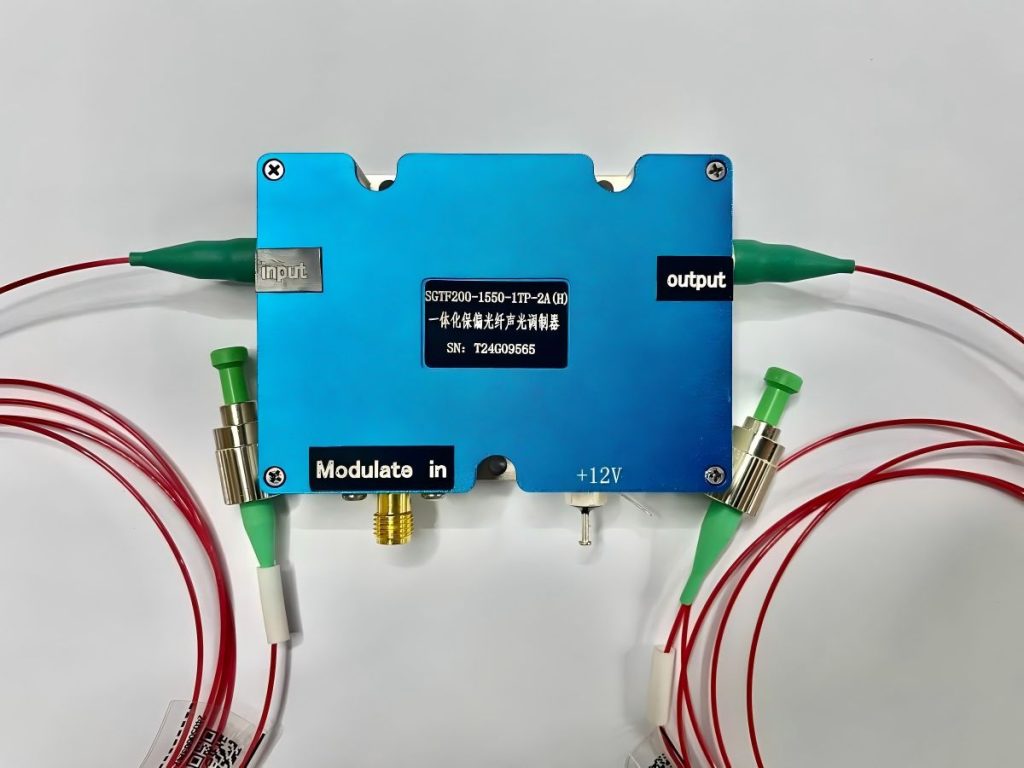
Methods to Improve Insertion Loss Performance of Fiber Acousto-Optic Modulators
Several approaches can be implemented to minimize insertion loss in fiber AOMs:
- Optimizing Drive Power: By carefully adjusting the drive power applied to the piezoelectric transducer, a balance can be achieved between achieving sufficient modulation depth and minimizing heat generation. This optimization can be achieved through careful design of the driver circuit and proper control algorithms.
- Refining Fiber AOM Design: Optimizing the structural design of the fiber AOM is crucial. This includes using well-designed fiber collimators for efficient light coupling, minimizing the light path length within the crystal, and avoiding sharp bends in the optical path can further reduce insertion loss. Additionally, employing materials with high thermal conductivity for the acousto-optic crystal and heat sink can facilitate efficient heat dissipation.
- Using High-Performance Materials: Selecting acousto-optic materials with superior acousto-optic figures of merit and favorable acoustic properties can significantly decrease insertion loss. Advancements in material science are continuously providing new materials with improved performance characteristics.
- Precisely Controlling Acousto-Optic Interaction: Precise control over the propagation of sound waves within the crystal and their interaction with the light is essential. This can be achieved through techniques like waveguide design and mode control, ensuring efficient light diffraction with minimal energy loss.
- Employing Advanced Manufacturing Processes: Utilizing high-precision manufacturing techniques allows for the creation of fiber AOMs with improved tolerances and minimized imperfections. This enhances factors like coupling efficiency and reduces scattering losses within the device.
Impact of Thermal Management on Insertion Loss of Fiber AOMs
Thermal management plays a critical role in maintaining the low insertion loss performance of fiber AOMs. As discussed earlier, heat generation during operation can lead to several detrimental effects, including:
- Increased Crystal Temperature: A rise in crystal temperature can cause thermal expansion, which can introduce stress and misalignment within the device. These effects can alter the light path and deteriorate the acousto-optic interaction, leading to higher insertion loss.
- Variations in Refractive Index: The refractive index of the acousto-optic material is temperature-dependent. Fluctuations in temperature can cause variations in the refractive index, affecting the efficiency of light diffraction and consequently, increasing insertion loss.
- Mechanical Stress: Thermal expansion can induce mechanical stress within the fiber AOM. This stress can cause misalignment of optical components and degrade the performance of the device, including an increase in insertion loss.
Strategies for Effective Thermal Management
- Heat Sink Design: Utilizing a well-designed heat sink in contact with the acousto-optic crystal allows for efficient heat dissipation from the device. The heat sink material should have high thermal conductivity to facilitate heat transfer away from the crystal.
- Thermoelectric Coolers (TECs): In situations where passive heat dissipation via a heat sink is insufficient, thermoelectric coolers (TECs) can be employed. TECs utilize the Peltier effect to create a temperature difference between two sides of a device by applying an electric current. This allows for active cooling of the acousto-optic crystal, maintaining a stable operating temperature and minimizing insertion loss.
- Optimizing Device Packaging: The overall packaging design of the fiber AOM can also influence thermal management. Techniques like minimizing the thermal resistance between the crystal and the heat sink, and employing materials with good thermal conductivity for the package itself, can contribute to improved thermal performance.
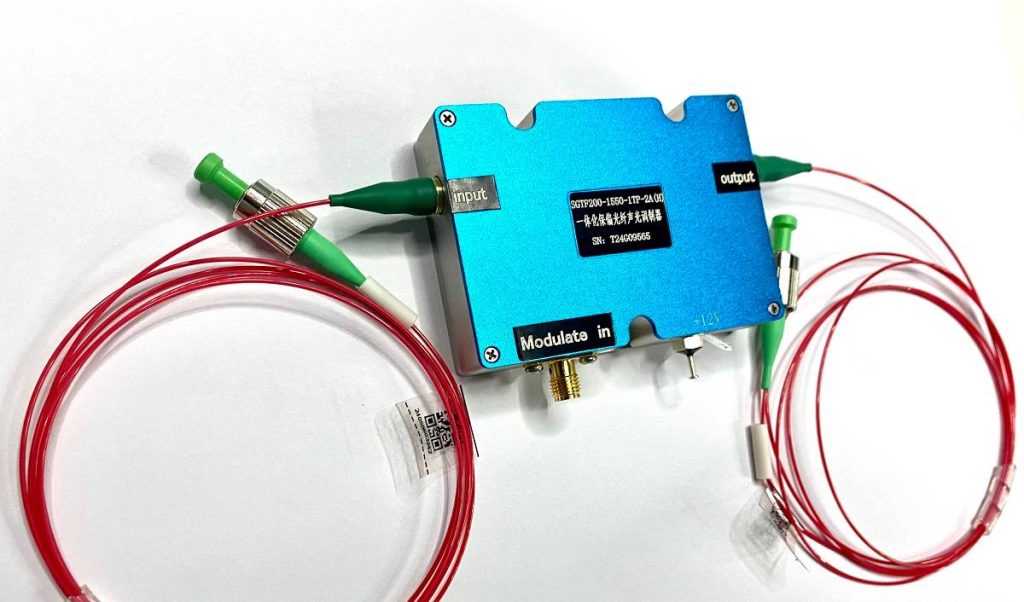
Influence of Structural Design on Insertion Loss of Fiber AOMs
The structural design of a fiber AOM significantly impacts its insertion loss performance. Here’s a detailed breakdown of the key structural factors:
- Fiber Collimation Coupling Loss: As mentioned earlier, efficient light coupling between the optical fiber and the acousto-optic crystal is crucial. This is achieved by using well-designed fiber collimation systems. These systems typically involve lenses or microlenses to collimate the light beam from the fiber into a well-defined and focused beam before it enters the crystal. Imperfections in collimation, such as inadequate focusing or misalignment, can lead to significant coupling loss and consequently, higher insertion loss.
- Diffraction Loss: The design of the interaction region between light and sound waves within the crystal influences diffraction loss. Optimizing factors like the acousto-optic interaction length and width can improve diffraction efficiency and minimize energy loss.
- Crystal Reflection and Absorption Loss: The surface treatment and material properties of the acousto-optic crystal can affect reflection and absorption losses. Antireflection coatings deposited on the crystal faces can significantly reduce reflection losses. Additionally, selecting materials with low intrinsic absorption coefficients for the crystal itself minimizes absorption losses within the bulk material.
- Optical Path Design: The path that the light travels within the FAOM can influence insertion loss. Minimizing the overall length of the light path reduces the likelihood of scattering losses. Additionally, avoiding sharp bends in the light path is crucial, as these can introduce additional modal coupling losses.
- Material Selection and Processing: The selection of materials for various components within the fiber AOM, including the acousto-optic crystal, fiber collimation elements, and device packaging, all play a role in insertion loss. Materials with good optical properties, minimal intrinsic absorption, and high thermal conductivity are preferred. Additionally, employing high-precision manufacturing processes ensures minimal imperfections and tolerances within the device, leading to lower insertion loss.
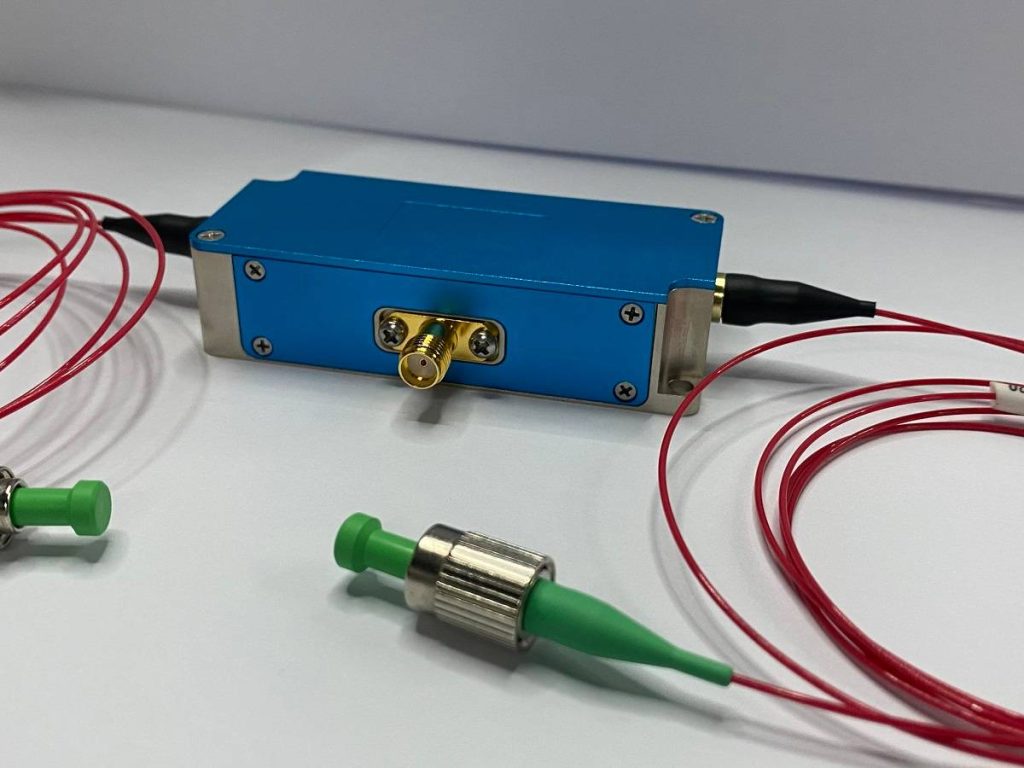
Conclusion
Insertion loss is a critical parameter that significantly affects the performance of fiber acousto-optic modulators. By understanding the various factors that contribute to insertion loss and implementing strategies to optimize these factors, it is possible to design and manufacture AOMs with minimal insertion loss. As research and development in this field continue, it is possible to achieve high-performance fiber acousto-optic modulators that meet the demanding requirements of modern optical networks.
For a comprehensive solution to your fiber acousto-optic modulator needs, consider SMART SIC&TECH. They offer a range of high-performance fiber AOMs designed with low insertion loss in mind. Their commitment to innovative design, high-quality materials, and meticulous manufacturing processes ensures reliable and efficient light modulation. Visit their website or contact them directly to explore their fiber AOM product line and discuss your specific application requirements.


